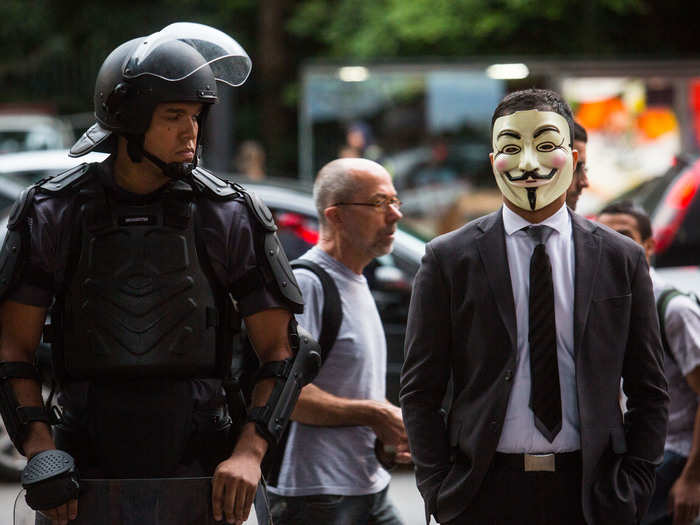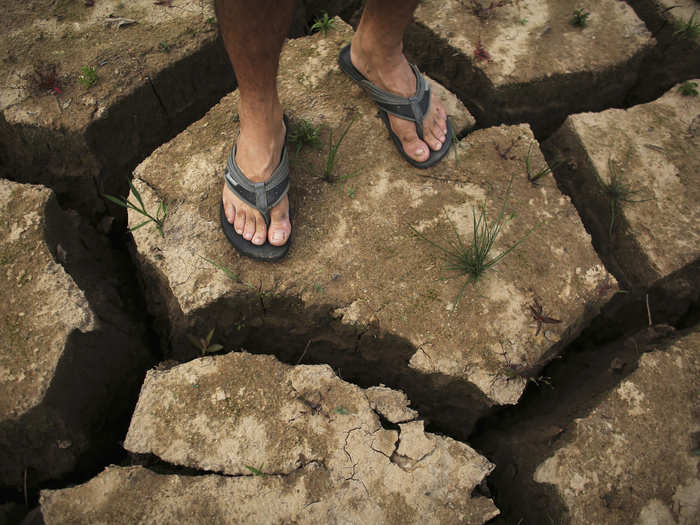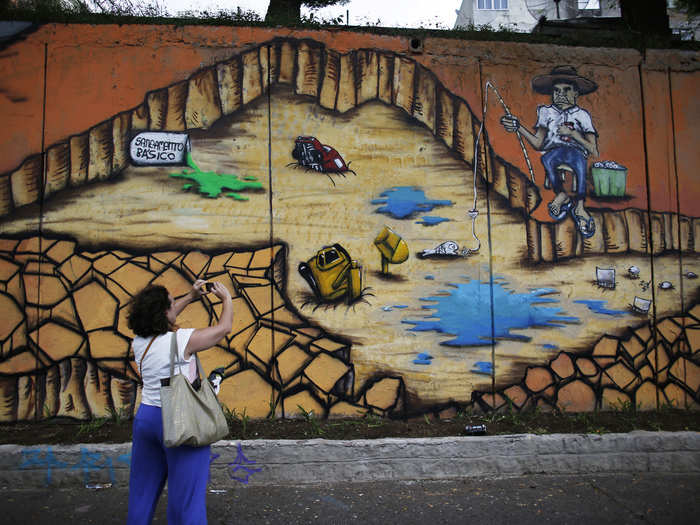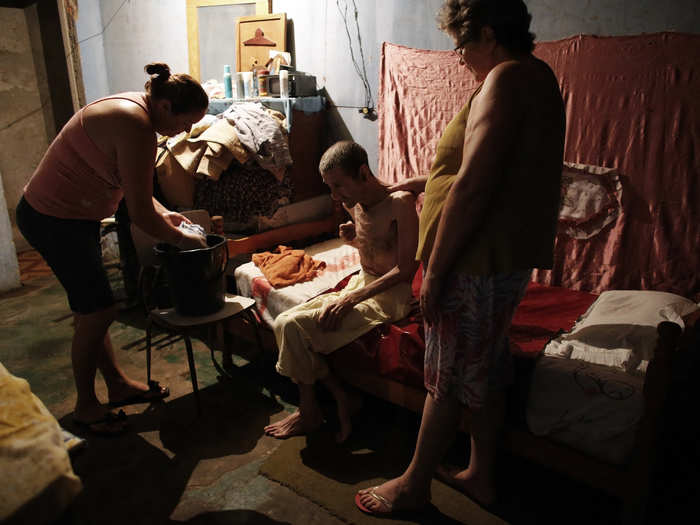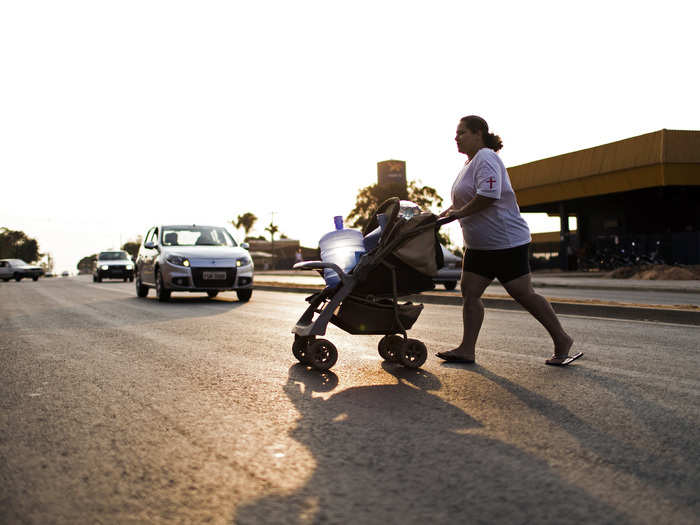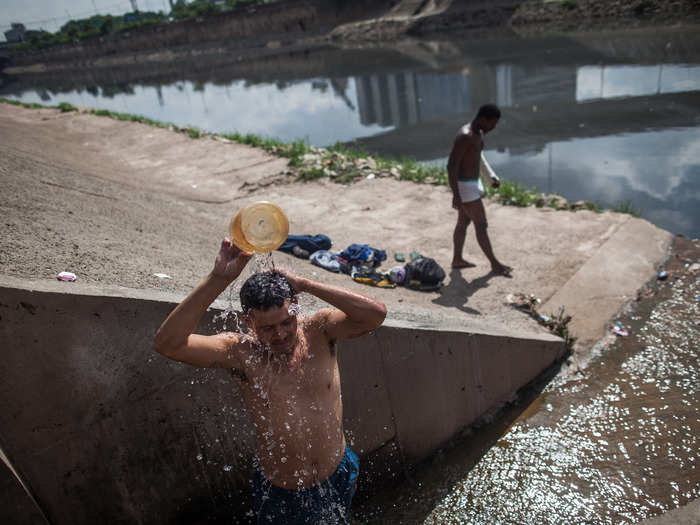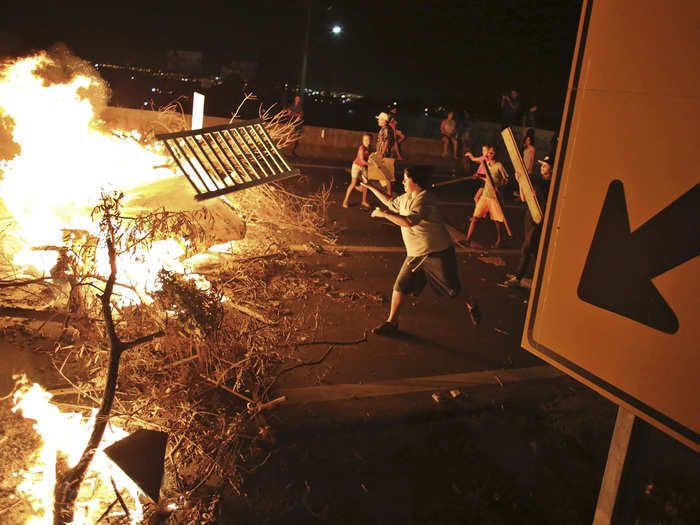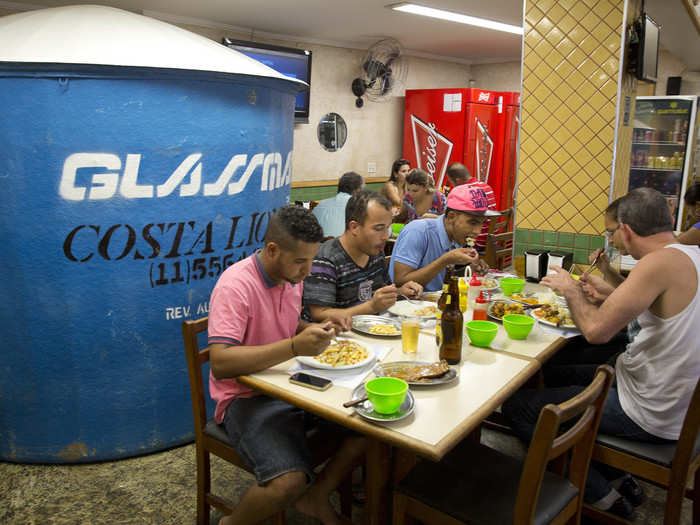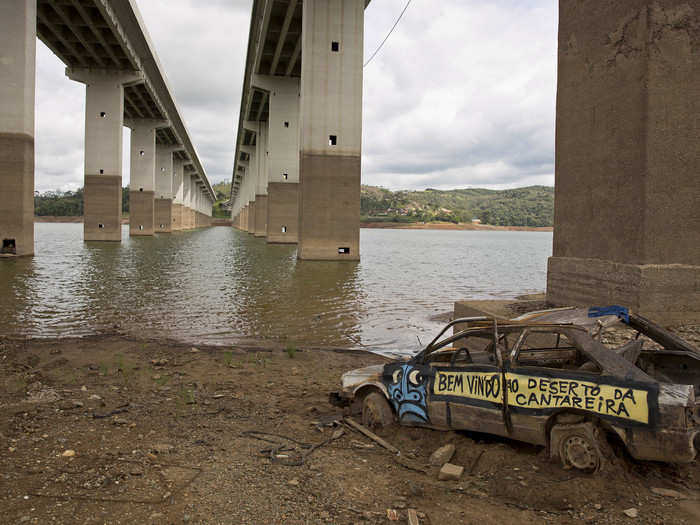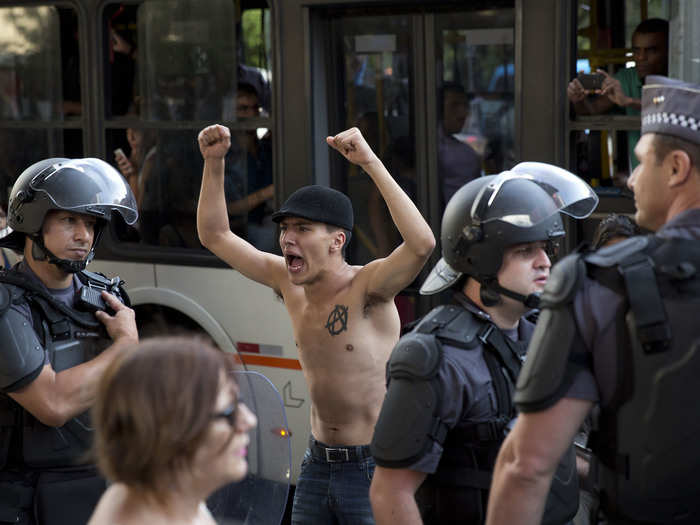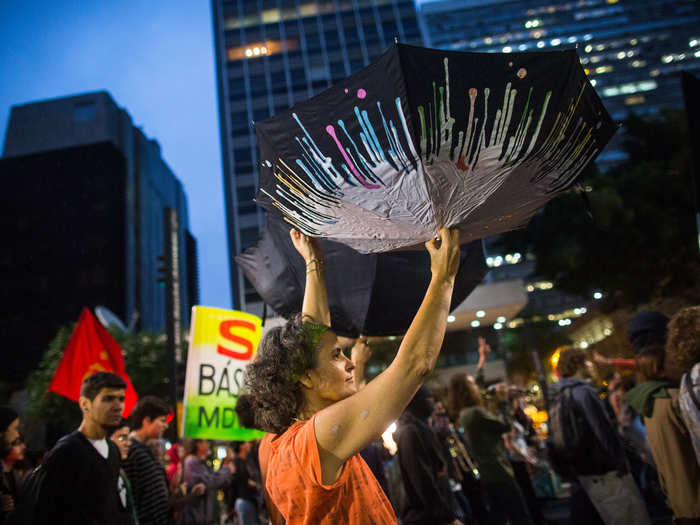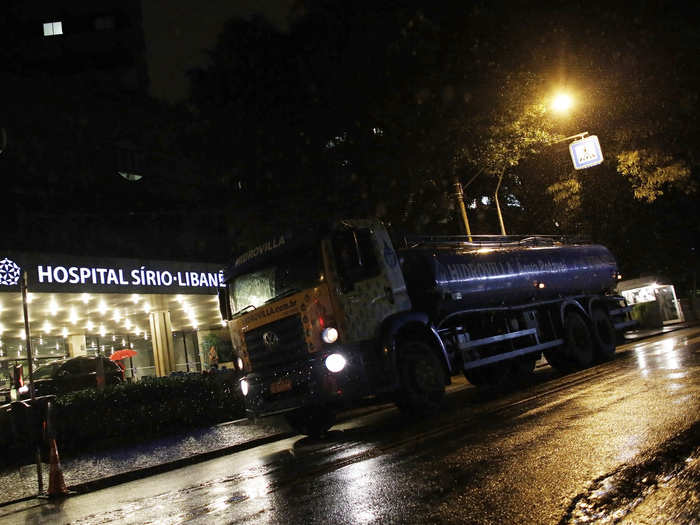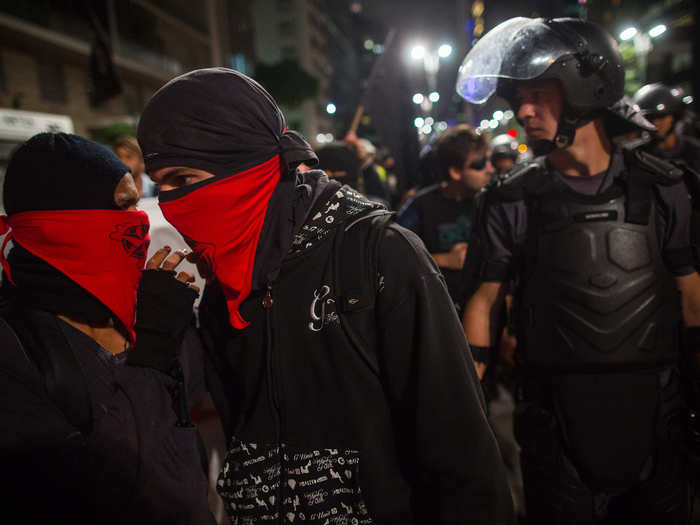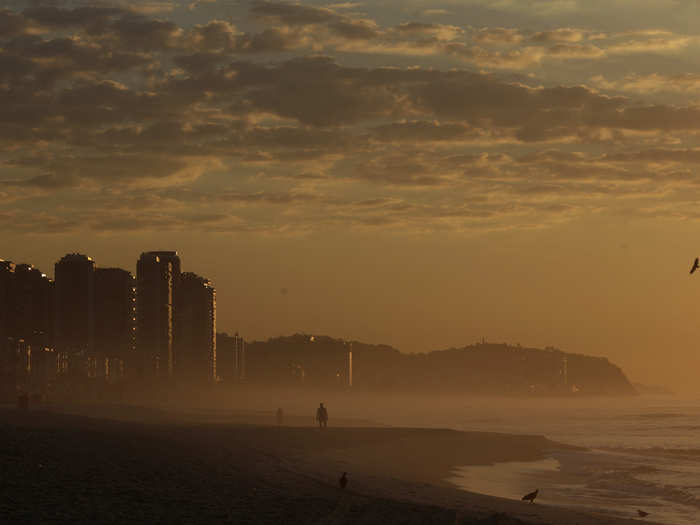So, how did we get here? Well, massive growth over the 20th century built up a metropolitan area of more than 20 million residents that a leaky water system can't adequately serve.
There are serious water shortages in the three most populous states in Brazil — São Paulo, Rio de Janeiro, and Minas Gerais. But São Paulo, both the metropolitan area and the surrounding municipalities, has it the worst so far.
Forests and wetlands near the city have been destroyed as it has grown to be one of the largest cities in the world, removing an important source of water.
Deforestation in the Amazon has contributed to the problem too, by removing an important source of humidity in the air. This has drastically reduced rainfall in Brazil's southeast, including the three most populous states in the country.
Not much has been done to fix broken water systems. Experts say that the best course of action would have been to fix leaky old pipes months or years ago — more than 30% of all the city's water is lost in leaks or stolen away.
The Tietê and Pinheiros rivers that cross the city are so polluted that the smell alone can make passers-by sick — but they and the sewage pipes that feed into them are still the only water that some have access to, as shown here in this photo from April of 2014.
Restaurants, businesses, and families have begun drilling their own wells and hoarding the water they do have in order to stay operational.
Officials recently said that they may cut water service in Sao Paulo itself to just two days a week.
Angry protesters say local and national governments have neglected problems for too long.
Officials now say they plan to build new reservoirs, to route water from other parts of the country, and to try and fix parts of broken old systems, but some of those projects could take years to complete. Meanwhile trucks are delivering drinkable water to some areas, but it would be impossible to serve the whole city that way.
This leads to a dangerous situation that's bound to only get worse in the near future. Water specialist Marússia Whately told the Times: "Because of environmental degradation and political cowardice, millions of people in São Paulo are now wondering when the water will run out."

